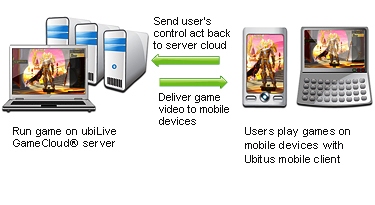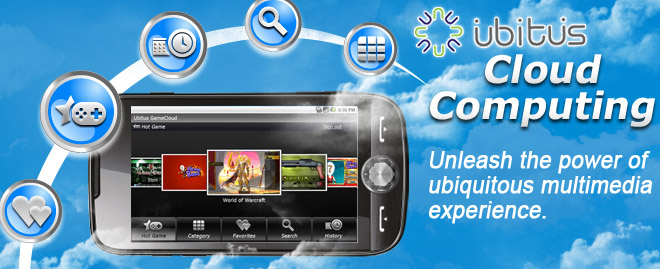LTE is made by the world and the chipmaker to upgrade: the new high-speed mobile networks get new chips. That is smaller, faster and use less power.
Consumers drive the development of the mobile. The move will also use high speed internet. With LTE and LTE advanced will continue its development by radio reaches speeds that were previously only available via cable. These fast connections are not shared with big clunky PCs connected screens that hang permanently to the mains, but for devices that fit in our pockets and get the necessary power from a battery. A technical challenge for chip manufactures.
The Chips can expect faster
Modern smartphones have more applications: positioning and navigation, multimedia, play music, show videos and photos to build with various technologies such as WLAN, Bluetooth, HSPA+ and LTE data radio links and run individual programs such as games or emailing. There are also functions that run in the background as the control of energy consumption or the managing disk space, and new requirements such as faster data connections and a growing space.
The small calculators must therefore expect more and more. The computing power is given by technicians usually with Hertz. In 2002, chip was with an output of 27 megahertz, which could carry 23 million elementary arithmetic operations per second as super fast, so Thomas Nindl by U.S. chipmaker Qualcomm writes in an article for the portal. The technical term for this is 23 million instructions per second. Chips that are processed in smartphones today have been a performance of 1 GHz and can carry up to 2 billion elementary operations per second, or 2000 mbps. So you have a nearly ten times as strong computing performance.
A key technology for increasing the processing speed is the use of several small calculation machines, which are combines in one kit, and the count in parallel and independently. Technicians are talking about multi-core processors. These processors can perform several functions simultaneously, it’s not an application that is processed at a time, but several are processed simultaneously. This saves the user unnecessary wating time.
For PCs today are dual-core processors, with smartphones, they are compatible with the new fast LTE networks.
The Chips are getting smaller
At the same time, the components that make up these miniature calculators are assembled became smaller, only then, it’s possible to focus an increasing computational power on a smaller and smaller area.
The chips that pack more computing power in an area has a further advantage: reduces the power consumption.

